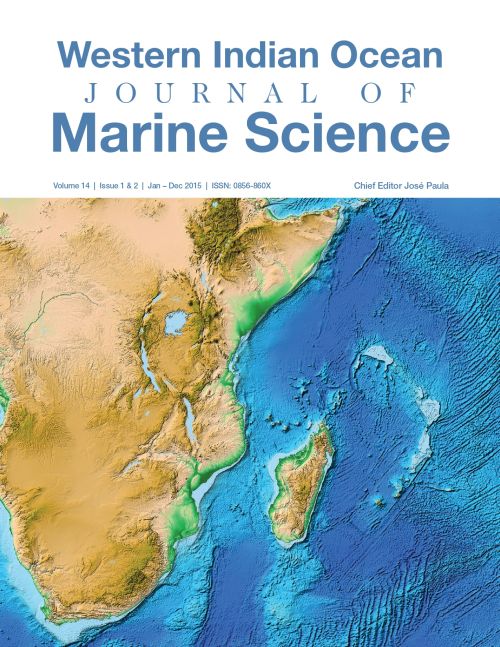 Western Indian Ocean Journal of Marine Science
Western Indian Ocean Journal of Marine Science
Journal / Western Indian Ocean Journal of Marine Science /
Vol. 14 No. 1&2 (2015) / Articles
Understanding drivers of trophic partitioning at the community-wide level is an essential prerequisite to the establishment of an ecosystem-based management of fisheries. In this study, we tried to identify drivers of trophic partitioning within two communities of epipelagic and deep-sea fishes off Reunion Island. Effects of intrinsic (specie identity, etc) and environmental variables (fishing zone, month) on stomach contents composition and stable isotopes ratios were tested using regression tree and linear model respectively. Our results demonstrated first an independence of both communities with very few common prey although the distribution of their catches are very close, and second a very different pattern of resources partitioning among each community. Epipelagic fish species are segregated in three trophic guilds composed by species foraging on a limited range of prey. This observation is not consistent with the general view that these high trophic level species are opportunistic and generalist. The habitat seems to be the main driver of deep-sea fishes feeding partitioning, which is consistent with the sound-scattering layer interception hypothesis. Deep-sea fishes would distribute in the water column at different depths and all species would feed on the same resources at each depth.
Journal Identifiers
eISSN: 2683-6416
print ISSN: 0856-860X






